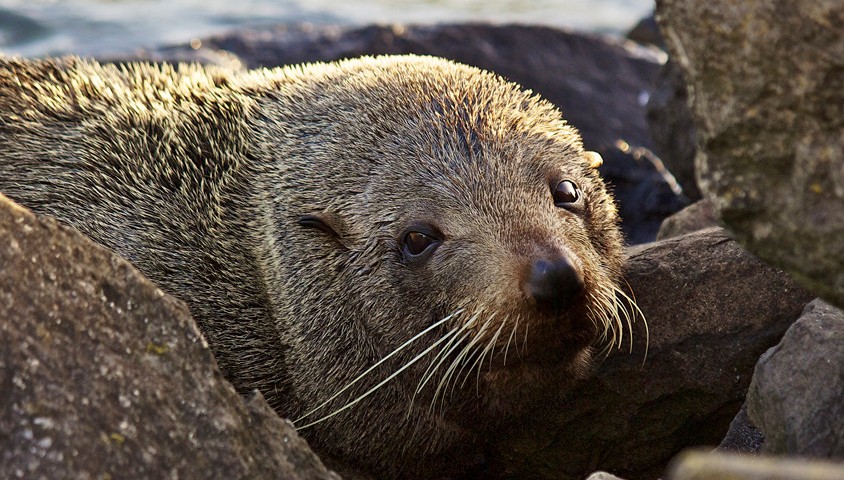The South Australian government has already rejected an outright cull to curb fur seal numbers in fishing areas, instead opting to invest in explosive ‘seal scarers’.
A booming population of long-nosed fur seals around Coorong are disrupting the activities of fishermen, with as many as 300 individuals in the area.
Thus far, a private member’s bill has been tabled by a Liberal MP that proposes to shoot seals in order to reduce their numbers.
The state government rejected the plan, which Dr Peter Shaughnessy said raised a number of concerns.
In a recent interview with Wild, Shaughnessy – an honorary research associate of mammals with the South Australia Museum – said that killing individual seals or even small groups “isn’t going to make a difference to the problem at hand” as those seals will quickly be replaced by others.
“People need to think about what they’re really suggesting when they start talking about culls,” he said. “When you shoot a seal and it sinks into the water, where will it end up? Often these carcasses will wind up on a local beach, and then whose responsibility is it?”
More than being a public health concern, seal culling may also damage the local tourism industry, Shaughnessy said.
Instead of culling, the state government has approved an investment of $100,000 on “human, non-lethal deterrents”, which includes the use of explosive devices known as seal “scarers” or “crackers”.
Manufacturers of such devices claim the devices are unpleasant for seals, but don’t negatively affect the fish.
Shaughnessy, having worked with various species of seals and sea lions over many years, has some experience with the use of such devices, but doesn’t “know how well these seal scarers will do”.
“I’ve seen these crackers put to great use in international fisheries,” he explained, “but that was a much larger fishery in Namibia.”
It was during this stint in Namibia that Shaughnessy also witnessed another serious concern regarding the use of explosives as seal deterrents: human safety.
“If you hold onto one of these devices just a moment too long after ignition, you can end up with a very serious injury.”
As such, a significant portion of money the government plans to invest into this initiative may need to be absorbed by safety training, raising questions about the sustainability of the scheme.
According to Shaughnessy, other alternatives will need to be sought and South Australia’s environment minister, Ian Hunter, appears to agree.
“There is no reason that we cannot have healthy fisheries while also protecting the native animals that are such a drawcard for tourists to South Australia,” Hunter has said.


